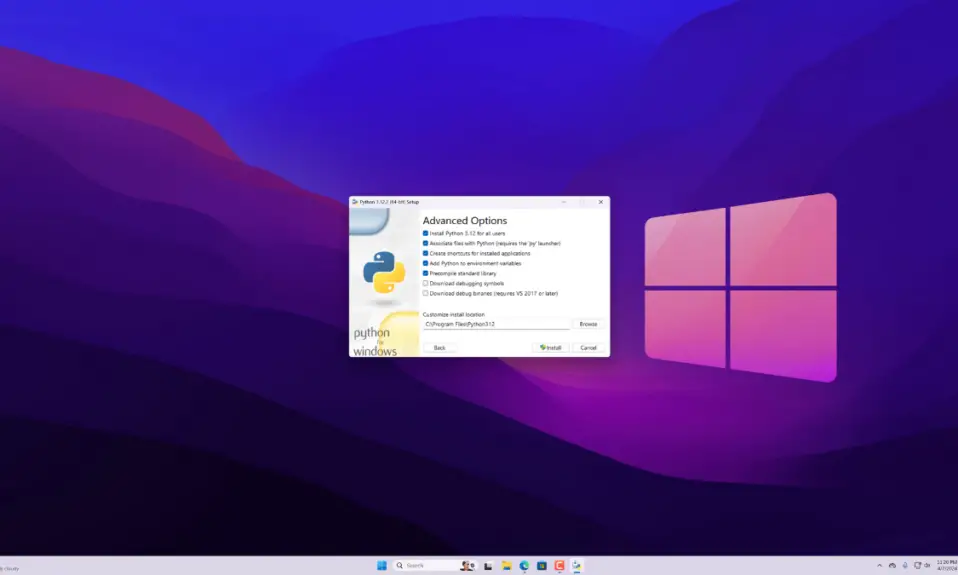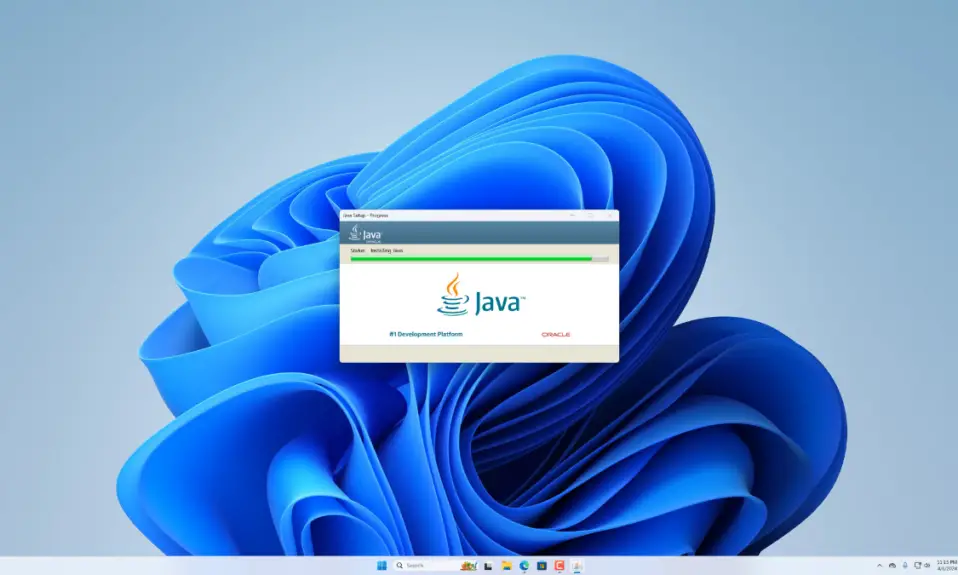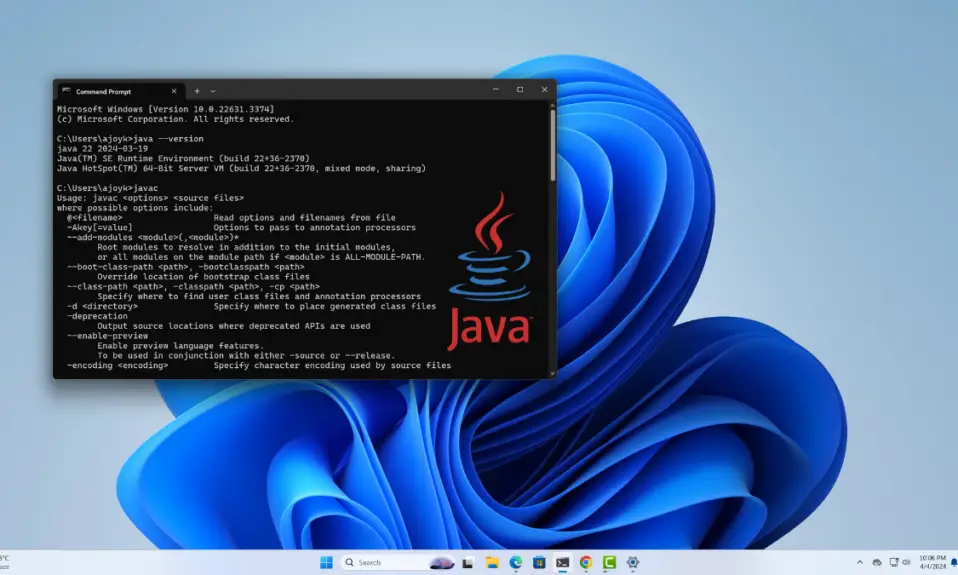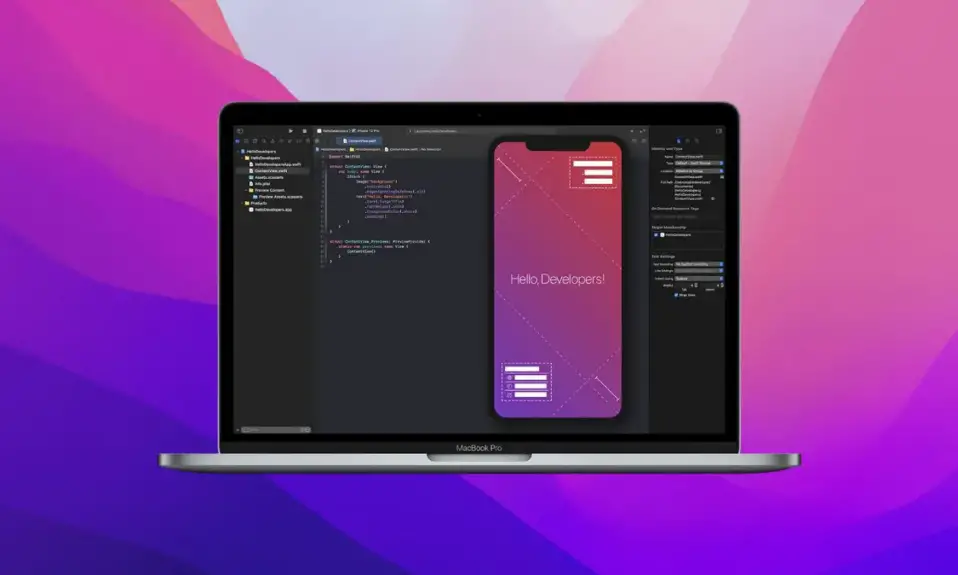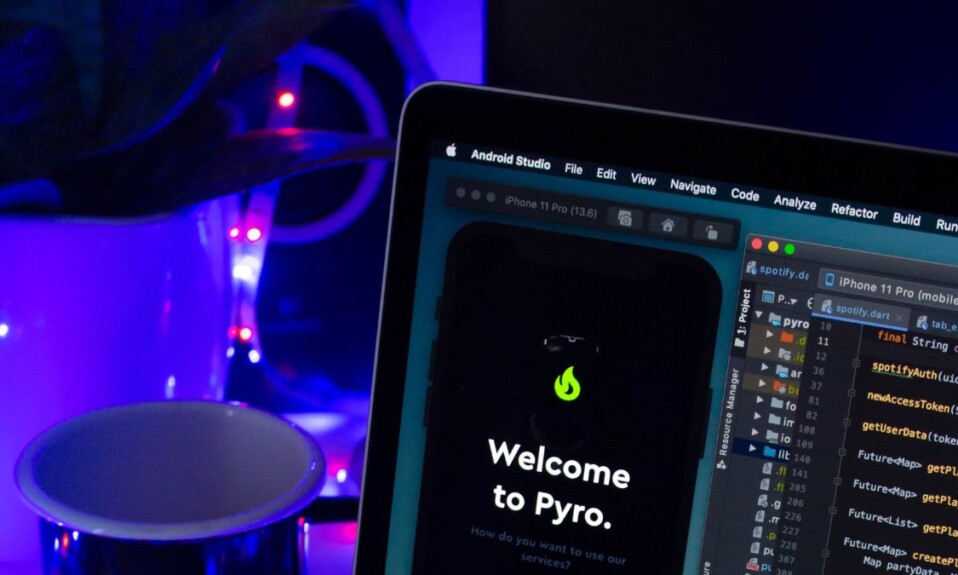
We will explain the differences between PHP and HTML. Both of these languages are used for developing web-based applications. However, they have some differences in their use cases. PHP is a scripting language, and HTML is a markup language. When you step into website development, you may be distracted by so many different languages.
The relationship between PHP and HTML also creates confusion among newcomers. Often, they represent the same features and tools. However, you must understand them clearly to create a modern web-based application. Our article will help you with this. So, let’s start.
What is PHP?
Before we start comparing PHP and HTML, you must understand both of them separately. PHP is a scripting programming language that helps design dynamic web pages. It provides the basic structure and inner workings of a new web page.
PHP is an acronym that stands for hypertext pre-processor. It is a server-side, script-based program specialized in Web applications. It provides instructions for servers to interpret at runtime.
PHP provides powerful scripts to create almost anything on your page. Now let’s take a closer look at the features offered by PHP. Rasmus Lerdorf is the developer of PHP.
Important Features of PHP
Here in this section, we are going to look into the important features of PHP. So, let’s find out:
1. Simplicity: PHP is easy to use and beginner-friendly language. All these tools are very basic compared to other languages. That’s why it is famous all over the world. PHP doesn’t need an extension or special software to provide service. PHP is perfect for those people who can’t handle much software at a time.
2. Interpretation: PHP is an interpreted language. You don’t need compilation to run this. You can directly install PHP on your laptop or PC and start your web designing.
3. Speed: It is faster than other languages of the same category. Also, it is faster than languages like asp and JSP.
4. Platform Independent: PHP is a platform-independent language. You can run PHP code on platforms like Linux, UNIX, and Mac OS X. Also, PHP is compatible with the Windows system.
5. Case Sensitive: PHP is a case-sensitive language for scripting for valuable declaration. In PHP, you are getting all keywords, classes, and user-defined functions in the NOT case-sensitive category.
Where Can You Use PHP?
As we have explained, PHP is a server-side language. So, if you want to build a server-management app, this will be your tool. Your server-management app can work within the web pages or the server itself. Due to its efficacy in server management, developers are using PHP for back-end functions.
Hope you have grasped everything about PHP. Now we will delve into today’s other language – HTML.
What is HTML?
HTML is an acronym that stands for HyperText Markup Language. As it is a markup language, it dictates the fundamentals of the web page. Also, HTML is a client-side language that determines the appearance of the web page. This includes the text, images, and general layout.
However, you can combine HTML with CSS to create colorful and dynamic pages. HTML is very efficient for front-end development. Tim Berners-Lee is the developer of HTML. Now we will discuss the features of HTML.
Important Features of HTML
Here in this section, we are going to look into the important features of HTML. So, let’s find out:
1. Easy-to-use: Like PHP, HTML is easy to understand and beginners friendly. Also, the implementation of HTML is quite easy compared to other languages. Also, you don’t need any special software to run this language.
2. Text Formatting Facilities: HTML offers powerful text formatting facilities, i.e., commands, tags, etc. You can easily format the programming texts with only one input. Also, this helps the programmers to find errors easily.
3. Platform Independency: You can create a page by HTML on any hardware platform. Also, you can use any of the popular text editors available.
4. Hyperlink Facility: Very few languages give you the option to hyperlink a phrase or sentence within the document. HTML is offering you this facility. It enables visitors or users to transverse to any HTML document.
5. Compatibility with Multiple Platforms: If your goal is to develop a good web application for multiple platforms, HTML is the best choice for you. We are going to explain this in a bit more clear way.
Where Can You Use HTML?
You can use this client-side language to determine the appearance of web pages. So, we can say HTML is useful for front-end development. Also, web developers are using HTML to change text format and appearance. Often they are using HTML with other languages like JavaScript.
These were all about PHP and HTML. Now we will focus on our main topic – the differences between PHP and HTML.
Differences Between PHP and HTML
We will help you to understand the differences between PHP and HTML. So, let’s start.
1. Type
PHP is an open-source, server-side scripting language. In contrast, HTML is a Markup language and the backbone of front-end development.
2. Uses
PHP is efficient in developing dynamic websites and dynamic web applications. On the other hand, HTML is the tool for the creation of web pages. However, you can use HTML to create web applications too.
But it works best in web page development. PHP and HTML pose another difference in their uses. Programmers use PHP for server-side programming.
It interacts with the database to retrieve information, store emails, etc., whereas HTML is used for specifying colors, text formatting, aligning, etc.
3. Codes
Codes play an important role in both PHP and HTML. PHP language uses dynamic codes. On the other side, HTML codes are static.
4. Extensions
Both PHP and HTML use extensions. Extensions of PHP are .php, .php3, .php4, .php7. Also, HTML uses extensions called .html, and .htm.
Conclusion
So, those were the differences between PHP and HTML. We hope you have gained a better understanding of this article. Both of these languages are important for web development. To write PHP code, you need to have some knowledge of HTML. Similarly, to write HTML code, knowledge of PHP is important. Therefore, we recommend that you acquire some knowledge of both these languages.

